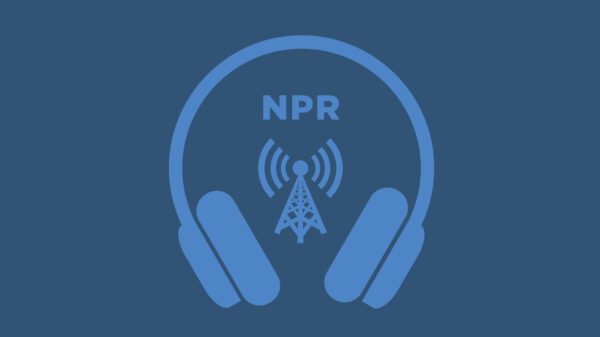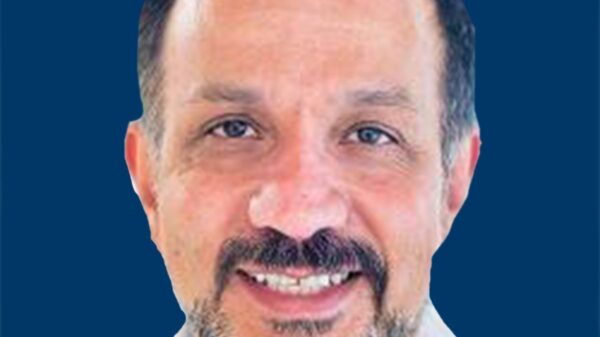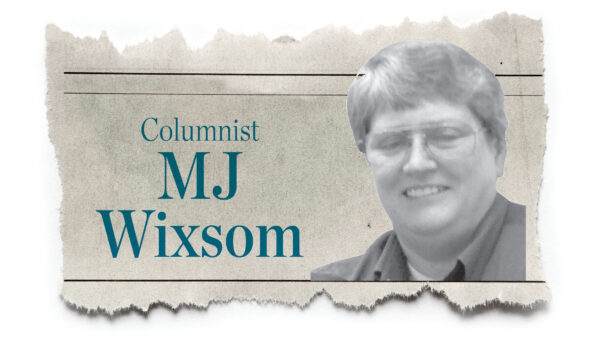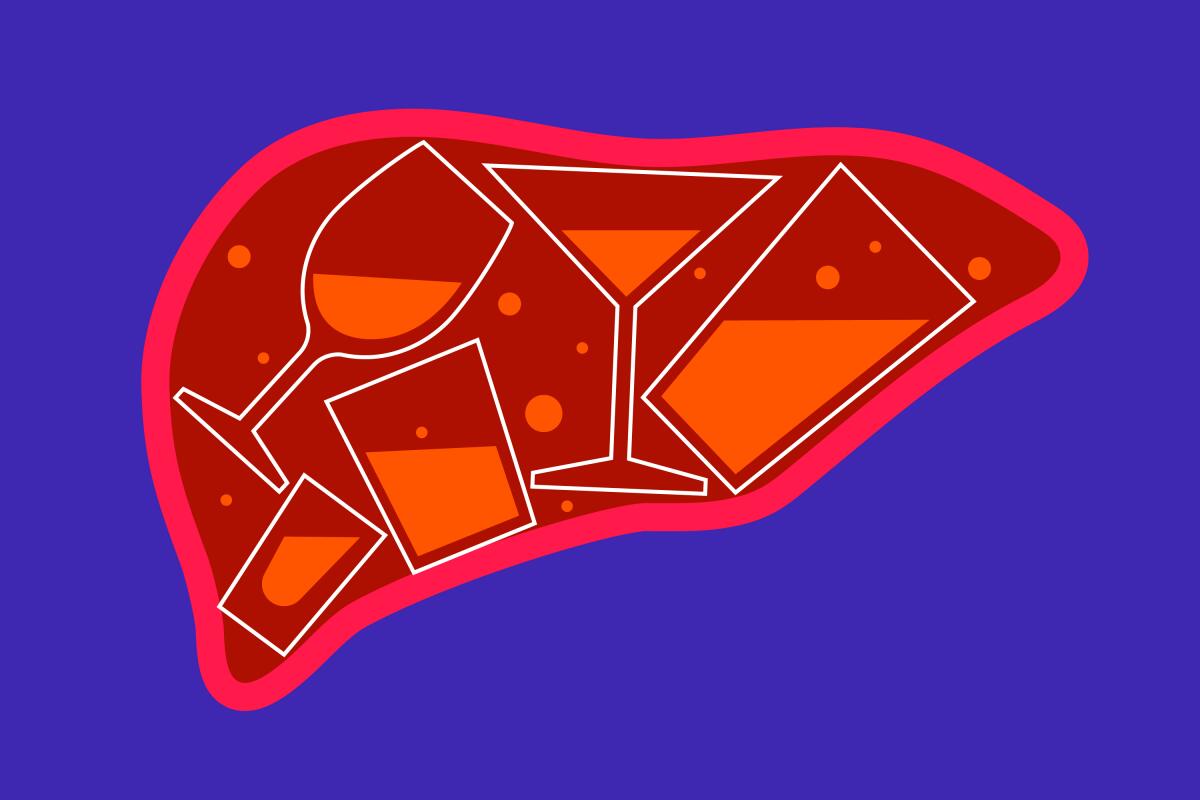A recent study conducted by researchers at Keck Medicine of USC has revealed a troubling increase in serious liver disease among heavy drinkers in the United States. The research, published in the journal Clinical Gastroenterology and Hepatology, indicates that the prevalence of advanced liver scarring among heavy drinkers has nearly tripled over the past two decades, rising from 1.8% to 4.3%. Notably, this increase is not linked to an uptick in alcohol consumption or drinking frequency.
Researchers analyzed national health data from more than 44,000 adults who participated in the National Health and Nutrition Examination Survey (NHANES) between 1999 and 2020. The study defined heavy drinking as more than 1.5 drinks per day for women and more than 2 drinks per day for men. Among the heavy drinkers surveyed, the rate of significant liver fibrosis—a condition where healthy liver tissue is replaced by stiff, fibrous tissue—rose dramatically.
Dr. Brian P. Lee, a liver transplant specialist at Keck Medicine and the lead author of the study, expressed concern about the findings. “The fact that the risk not only increased but that it more than doubled—almost tripled—is really astonishing,” he said. This increase in liver disease is particularly alarming since many individuals remain unaware of their condition until it is advanced. “Liver disease is silent,” Dr. Lee emphasized. “Most people won’t, even if they have advanced liver scarring, have any symptoms at all.”
Demographic Shifts and Health Risks
The study found that the health profiles of heavy drinkers have changed significantly. The rate of metabolic syndrome, which includes conditions such as obesity, diabetes, and high blood pressure, rose from 26% to nearly 38% among heavy drinkers. Furthermore, the demographic landscape is shifting, with more women, individuals over 45 years of age, and those living in poverty engaging in heavy drinking.
Dr. Lee noted, “We’re showing with this study that the picture of the American drinker is changing dramatically.” He pointed out that these groups are known to be more susceptible to alcohol-related liver damage, raising concerns about future health outcomes.
Dr. Sammy Saab, medical director of the Pfleger Liver Institute at UCLA, who was not involved in the study, suggested that changes in drinking habits could also be a factor. He raised questions about whether people are opting for different types of alcoholic beverages, such as cocktails instead of beer or wine, and whether drinking without food—when alcohol is absorbed more quickly—has become more common.
Cultural changes may also play a role. “In the old days, if you drank, you’d still have to drive home, but now we’ve got Uber and Lyft,” Dr. Saab explained, suggesting that the availability of rideshare services might reduce the perceived risks associated with heavy drinking.
Reevaluating Alcohol Consumption Guidelines
Dr. Lee highlighted that the current U.S. definition of heavy drinking—defined as eight drinks or more per week for women and 15 drinks or more for men—might be too lenient compared to evolving global standards. For instance, Canada now recommends limiting alcohol intake to no more than two drinks per week to minimize health risks. “We’ve shown in prior studies that you can develop liver disease at lower quantities than the U.S. threshold,” he stated.
The findings underscore the necessity for a reevaluation of long-held assumptions regarding alcohol-related liver disease. Dr. Lee hopes that the insights gained from this study will lead to the development of more effective screening methods for early detection of liver disease.
Dr. Saab described the paper as a call to action for researchers and clinicians to understand the increase in alcohol-associated liver disease better and to explore potential interventions to mitigate this rising health concern. “This study raises a lot of good questions,” he noted, emphasizing the need for a comprehensive approach to address the issue.
As the landscape of alcohol consumption continues to evolve, the urgent need for awareness and proactive measures becomes increasingly clear.































































